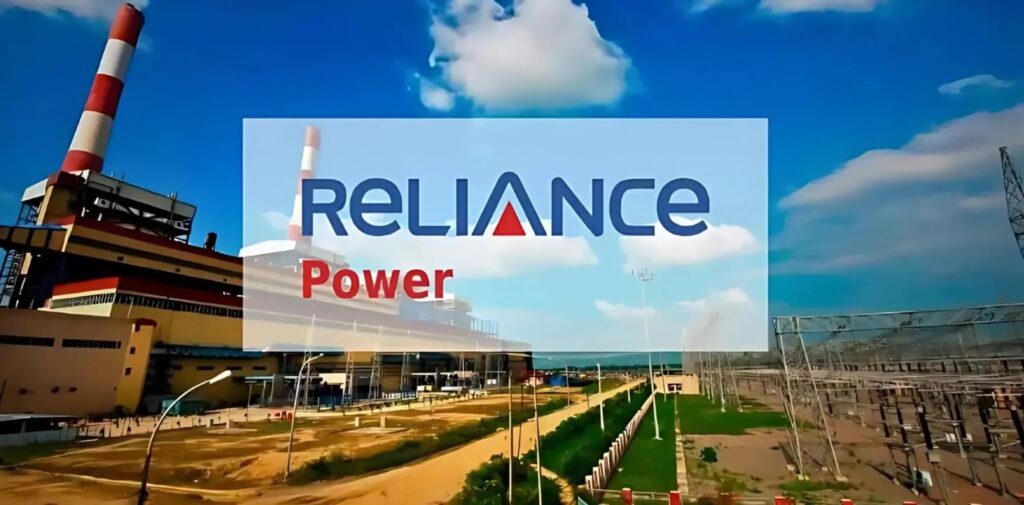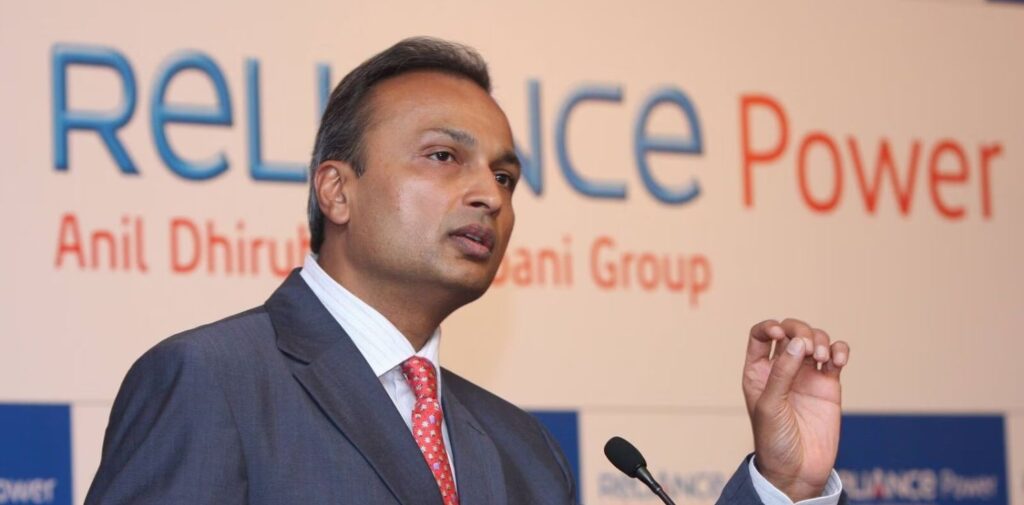The world of corporate finance has witnessed a significant event with Reliance Power, one of Anil Ambani’s companies, settling a loan worth ₹3,872 crore, which effectively brings the company to a “zero-debt” status. While the news has garnered attention in business circles, the implications of this move go beyond corporate boardrooms. How does it impact the company, the financial market, and, more importantly, the general public?
In this article, we will explore the background of Reliance Power’s financial journey, the challenges it has faced over the years, the strategic move of settling this debt, and how this step reverberates in the larger economy, including the stock market and the public.
The Journey of Reliance Power and Its Financial Woes
Founded in 1995, Reliance Power is a subsidiary of the Anil Dhirubhai Ambani Group (ADAG), and it was once seen as a major player in India’s power sector. The company was ambitious in its plans to contribute to India’s growing energy needs. It went public with much fanfare in 2008, raising over ₹11,000 crore in India’s biggest IPO at the time. However, things didn’t go as planned.

The ambitious projects, including coal-fired, gas, and hydropower plants, suffered delays and cost overruns, leading to a heavy debt burden on the company. By the mid-2010s, Reliance found itself mired in loans and struggling to stay afloat. The broader ADAG group was also experiencing financial strain, as several of Ambani’s ventures faced operational difficulties.
By 2019, Reliance Power had accumulated debt nearing ₹15,000 crore, and with declining revenues and legal disputes, the company’s ability to service its debt obligations came under serious question. Creditors were pushing for repayments, and the company was sliding closer to insolvency.
The Recent Settlement: A Game Changer?
Reliance Power’s announcement that it has settled its ₹3,872 crore loan and earned a “zero-debt” status comes as a significant positive development. The company has managed to turn its financial standing around, at least in the eyes of its lenders. But what led to this massive shift?
Several factors played a role in this successful debt settlement:
Strategic Asset Sales: To raise the necessary funds, Reliance Power sold off certain non-core assets, including land and stakes in subsidiaries. This move helped the company generate liquidity to pay off its debts.
Debt Restructuring: Like many other struggling companies, Reliance Power also engaged in debt restructuring talks with lenders. These negotiations typically involve extending repayment timelines, reducing interest rates, and sometimes writing off a portion of the principal. Such restructuring gave the company some breathing room.
Operational Improvements: They focused on making its existing projects more efficient, and improving operational performance to enhance cash flow and profitability.
Support from Parent Group: Reliance Infrastructure, another company from Ambani’s stable, extended financial support to Reliance Power in crucial times, helping the latter with its financial obligations.
Impact on the Stock Market
The news of Reliance Power settling its loans and achieving a zero-debt status has positively affected its stock prices. Investors often see debt-free companies as lower-risk investments because they are no longer exposed to the uncertainties associated with large loans and the need to meet regular interest payments.

For existing shareholders, this development is particularly encouraging as it signals the company’s potential to focus on growth rather than debt servicing. With a stronger balance sheet, Reliance Power can now channel its resources into expanding its energy projects, thus improving profitability and long-term shareholder value.
However, investors should approach this news with some caution. While the zero-debt status is a positive development, it doesn’t automatically guarantee future profitability or success. The company still faces challenges in terms of executing its power projects efficiently and navigating India’s competitive energy market.
How Does This Impact the General Public?
From the perspective of the general public, the news of Reliance Power’s loan settlement may seem distant. However, there are several direct and indirect ways in which such a development can influence ordinary citizens.
Investor Confidence and Market Stability
Reliance Power is part of the larger ADAG group, which has a significant presence in the Indian financial markets. When large companies like Reliance Power stabilize their financial situation, it sends positive signals across the stock market. Many retail investors have holdings in companies like Reliance, either directly or through mutual funds, and a surge in stock prices can translate to gains in their portfolios.
For individuals who are not directly invested in Reliance Power, the improved confidence in corporate India can lead to a more stable and predictable market, which is beneficial for any kind of investment strategy, including pensions and savings plans tied to the stock market.
Employment and Economic Activity
A debt-free Reliance Power can redirect its financial resources into expanding its operations. For a company that deals with power generation, this could mean more projects, better infrastructure, and potentially more jobs. The growth of such companies often translates into greater employment opportunities, both directly and indirectly. Power projects require engineers, technicians, construction workers, and administrative staff, while also boosting demand in related sectors such as construction, raw materials, and transport.
Increased economic activity driven by expansion will also generate tax revenues for the government, which can then be used to fund public welfare programs.

Energy Sector Stability
Reliance Power is primarily a player in the energy sector, an industry that affects every citizen in the country. As India grows, so does its energy demand. For the public, the revival of a major power company is good news, as it contributes to the overall stability and reliability of energy supplies.
Energy shortages and blackouts can severely impact daily life, from disrupting businesses to causing discomfort in homes. If they can successfully execute its projects and deliver consistent energy output, it will contribute to a more stable grid and fewer disruptions for consumers.
Consumer Confidence in Brands
The Ambani name carries a lot of weight in India, both in the business community and among ordinary consumers. Anil Ambani’s companies, particularly Reliance, have suffered from negative perceptions due to their financial difficulties over the last decade. However, settling its massive debt load sends a signal that Reliance Power is now on firmer footing. This improved perception can lead to increased trust in the company’s products and services, benefiting customers in various ways.
The Road Ahead: Caution or Optimism?
While the zero-debt status is undoubtedly a victory for Reliance Power, it’s important to keep in mind that this is just one step in a longer journey. The company still faces operational challenges and needs to prove that it can execute its projects efficiently in a highly competitive power sector. It must also focus on becoming profitable and delivering returns to its shareholders.
For the general public, the broader implication of this development is positive. A stronger Reliance Power means a more robust energy sector, improved employment opportunities, and a more stable financial market.
The key question now is whether they can capitalize on this momentum and regain its position as a leading player in the Indian energy sector. Only time will tell, but the company’s decision to settle its debt has given it a fighting chance to rewrite its future.
For now, this move has certainly grabbed attention and sparked a conversation about the future of corporate debt management in India. The public can watch closely, knowing that the outcome could ripple through both the markets and the broader economy.




